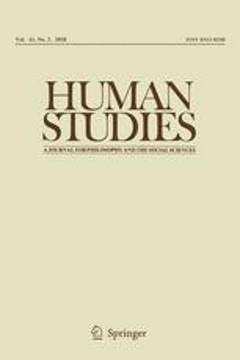Zeitschrift | Band | Artikel
Child's play
anatomically correct dolls and embodiment
pp. 255-267
Abstrakt
Anatomically detailed dolls have been used to elicit testimony from children in sex abuse cases. However, studies have shown they often provide false accounts in young, preschool-age children. Typically this problem is seen as a cognitive one: with age, children can correctly map their bodies onto a doll due to greater intellectual ability to represent themselves. I argue, along with the work of Maurice Merleau-Ponty, that although cognitive developments aid in the ability to represent one's own body, a discussion of embodiment is required in order to understand the use and abuse of anatomical dolls in forensic interviews. This paper examines these issues and maintains that a better understanding of embodied perception in both adults and children helps show how phenomenology can provide a more nuanced understanding to a troubling ethical and legal problem.
Publication details
Published in:
(2007) Human Studies 30 (3).
Seiten: 255-267
DOI: 10.1007/s10746-007-9058-5
Referenz:
Welsh Talia (2007) „Child's play: anatomically correct dolls and embodiment“. Human Studies 30 (3), 255–267.




